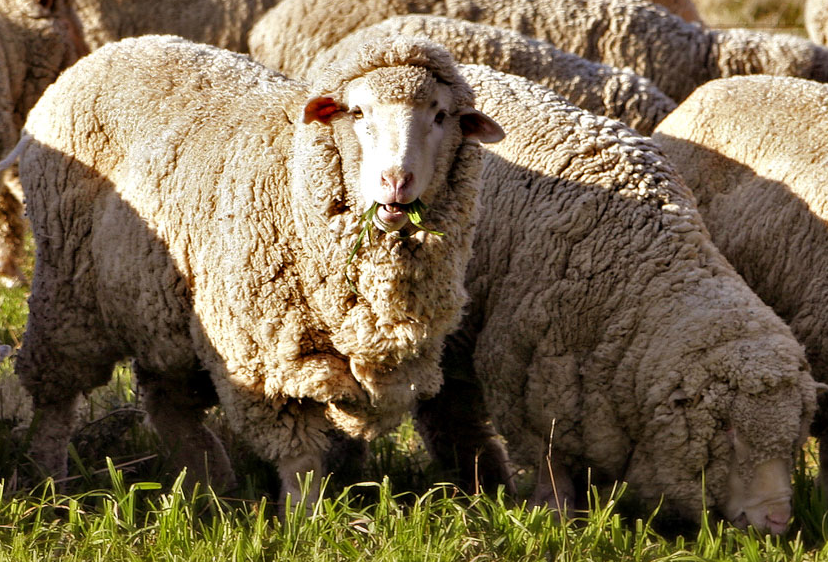1. The act of accommodating or the state of being accommodated; adjustment.
2. Something that meets a need; a convenience.
I’m going to address IEP accommodations purely from a parental point of view. It’s a word one hears frequently in relation to IEPs and educating kids with special needs. My familiarity with ‘the system’ stands me in pretty good stead, I think, and we have asked for – and gotten – some great accommodations for Girlie. However, I think it’s really important to bear in mind that the world, in general, is NOT going to make accommodations for our daughter.
Sadly, I get the impression that Dearest and I are in the minority sometimes when it comes to our involvement in Girlie’s education program. We do not expect the school district to implement something that would be ideal for Girlie if it would interfere with the education of twenty-five other kids. We do not expect the teacher to keep her in the classroom if she is a disruption and a distraction (which, thankfully, is rarely the case any more).
It’s important to note that just because IDEA gives us the right to ask for accommodations for our children with challenges, it does not give us the right to demand special treatment that would create a detrimental learning environment for other students. My responsibility as a parent is to do my best to raise children who are as competent as possible, and prepared to live in a society that, for the most part, expects them to get along as best they can.
Notice the second part of the definition of accommodation: ‘a convenience’. Yes, there have been times when we could have made some very convenient changes for Girlie’s school day. What would have been the advantage, in the end? The most important thing is for her to learn how to make accommodations for the way real life interferes with her needs and expectations, not the other way around. If Girlie grows up knowing how to be flexible in exercising her rights and practical in asking for accommodations, we will feel very successful!
 |
| Merino sheep - Wikipedia |
One of the happiest discoveries I’ve made as a knitter is the wonderful accommodating properties of wool. I don’t know how wool got such a bad rap in the first place; I’m not the only person who automatically thought of itchy wool sweaters, right? Because there are many varieties of sheep, there are many varieties of wool, and each has its place. It’s quite true there are some types of wool that are not ideal for sweaters or next-to-the-skin garments; those can be very suitable for outerwear and felted wool items. There are other varieties, merino probably being best known, that are very soft and fine. All wool has amazing insulating and moisture wicking abilities, making it my first-choice fiber. Pointy sticks and wool: doesn't take much to make me happy!

No comments:
Post a Comment